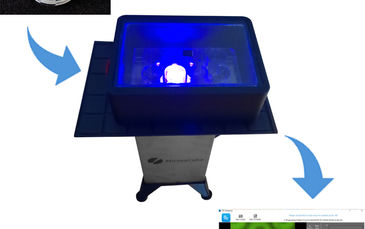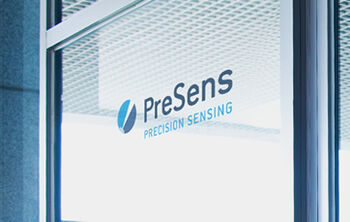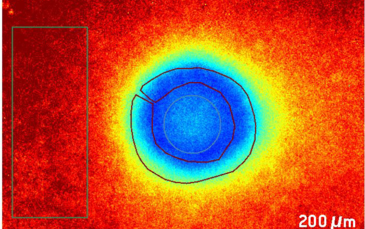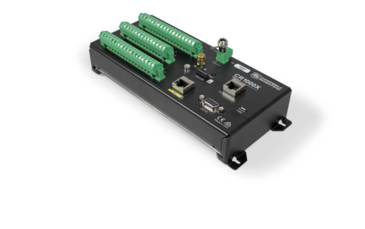
Our Winners of this year´s VisiSens Competition!
October 23, 2013Creating Time-Lapse Movies of pH and CO2 Distributions in Various Application Fields
Introducing its new imaging systems VisiSens™ A2 and A3 for pH and CO2 visualization PreSens again launched a time-lapse movie competition, offering scientists the opportunity to try these new tools in their field of research. Especially the possibility to visualize several parameters now, and compare analyte evolutions over time attracted the interest. Working with two or three different VisiSens™ systems the challenge and work load for the participants grew. In the end 11 great reports combined with even more time-lapse movies showing the different parameters have been sent in. Choosing the three best contributions was by no means an easy job for the scientific committee. However, here they are, our winners of the VisiSens™ Competition 2013:
Christina Haberer from the Department of Geosciences at the University of Tübingen is our first prize winner. Congratulations! Conducting research on biogeochemical processes and mass transfer between the atmosphere and the subsurface she presensted a time-lapse movie about the exchange of O2 and CO2 in the capillary fringe. Assessing these transport mechanisms and processes will further the understanding of the impact of forcing factors or the propagation of pollutants in ground water.
Second prize is given to Nicole Brinkmann from the Leibniz Institute DSMZ in Braunschweig - The German Collection of Microorganisms and Cell Cultures. Finding methods for preservation and secure transport of cell lines is one of the main objectives of Dr Brinkmann´s work. She created time-lapse movies of pH, CO2 and O2 distributions in immobilized plant cell culture inside hermetically sealed transport vials, to evaluate the viability of the cells over longer time periods.
For his movies on pH and O2 dynmaics in benthic sediments Kay Vopel from the Institute of Applied Sciences at Auckland University is awarded third prize. As sea levels are rising, more and more terrestrial sediments get introduced to coastal waters with unkonwn effects on the biogeochemistry in benthic sediements and its micro-and macrofauna. Visualizing analyte distributions inside the sediments helps understanding the impact of these changes.
- Read more about the winning contributions!
Though there could only be three winners we were really excited about all contributions and would like to thank the participants for their time and commitment. It was very fascinating for us to see how our new tools could be applied in such different fields of research, giving new results. We hope all the participants enjoyed the experience of working with the VisiSens™ systems.
- See all contributions!





